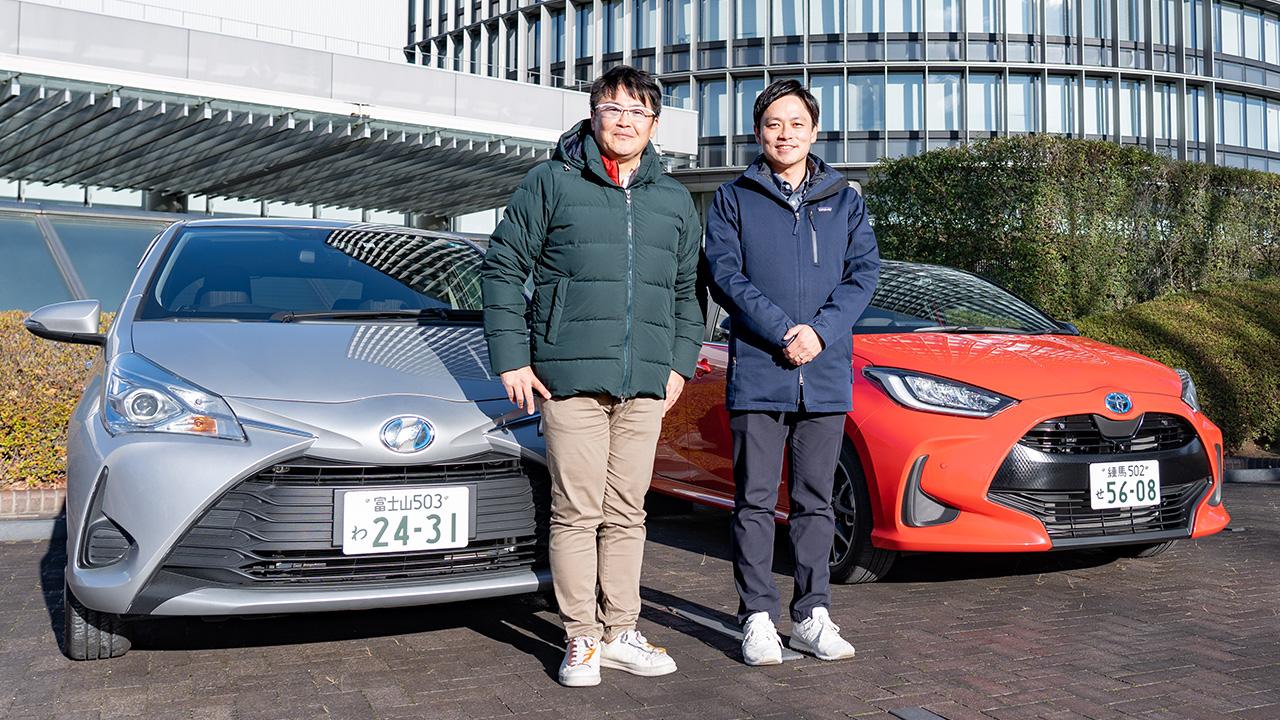
In Toyota Times' first behind-the-wheel report, automotive analyst Shinya Yamamoto explains how to appreciate ever-better cars.

Toyota Times is produced by Toyota employees, and over the years we have penned many articles about President Akio Toyoda’s repeated calls to “make ever-better cars.” In one of our recent pieces, he urges employees to “be carmakers.”
The more we write such articles, the more we Toyota Times pencil-pushers start to worry.
Are we carmakers? How do we make cars? As these questions came up, a member who has been with the company for over two decades shared an honest confession.
“I still don’t know how to tell if I’m driving a good car or a bad one... but as a Toyota employee, it’s too embarrassing to admit that now.”
“Morita has only been here for two years, so there’s no shame in him asking. Maybe he can find out for us...”
That’s how this project came about.
With that, we invited automotive analyst Shinya Yamamoto, who can usually be found explaining the ins and outs at new model events, to teach us what to look for in a car.
[Part 1] Contents
00:00 Opening
03:08 Pre-drive savoring of the exterior: “There’s a reason why it looks cool”
10:17 Pre-drive savoring of the interior: “The first step to proper driving is...”
Reporter Kyonosuke Morita’s notes
In my two years at Toyota, through my reporting on Rally Japan and Super Taikyu, I’ve had many chances to see what President Akio Toyoda calls “making ever-better cars through motorsports.”
As I’ve gradually come to realize, it’s about breaking cars, fixing them, and making them better in the process.
But how is that progress reflected in production vehicles? How exactly have Toyota’s cars gotten better? To get to the essence of “ever-better cars,” I compared a Vitz and a Yaris, with a guiding hand from Shinya.
“Anyone can tell a good car from a bad one,” he assures me.
My initial worries—what if I couldn’t tell?—were completely dispelled. It turns out even I can feel the difference.
The way I look at, or rather, the way I “savor” cars has changed dramatically. When you know how to appreciate them properly, an attachment grows. Make sure to check out the video—no doubt you’ll find it useful and informative in choosing your next car or enjoying your car life!
For this project, we drove two cars, old and new, to find the good and the bad.
What’s important, however, is that both are products created by the combined efforts of the many people involved in car-making, representing the best they had to offer at the time.
The difference stems from their continued hard work to make cars “ever-better.”
In these two cars, I sensed the spirit of President Toyoda's call to “aim not for the best, but for better and better.”
What do you think Shinya, am I closer to being a carmaker? I’m certainly keen to learn more about the fascinating world of ever-better cars.

